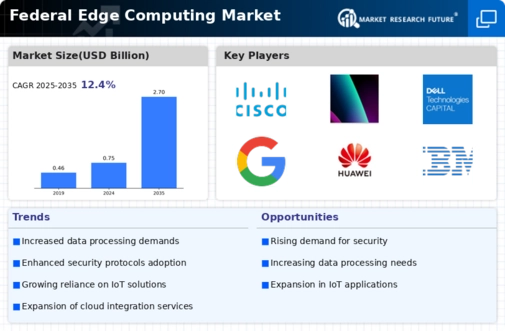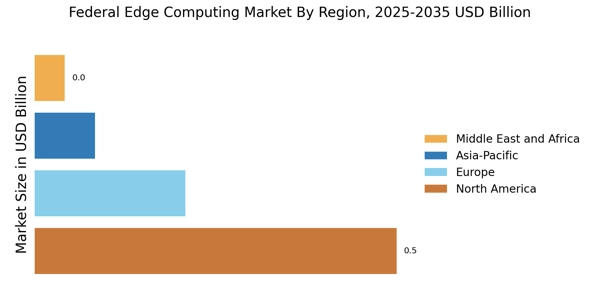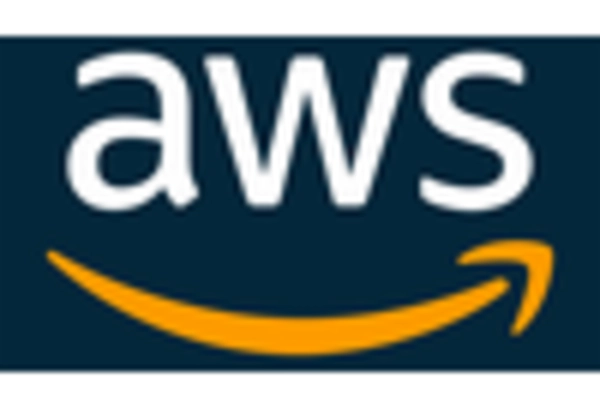Federal Edge Computing Market Summary
As per Market Research Future analysis, the Federal Edge Computing Market Size was estimated at 0.8312 USD Billion in 2024. The Federal Edge Computing industry is projected to grow from USD 0.9342 Billion in 2025 to USD 3.007 Billion by 2035, exhibiting a compound annual growth rate (CAGR) of 12.4% during the forecast period 2025 - 2035
Key Market Trends & Highlights
The Federal Edge Computing Market is poised for substantial growth driven by technological advancements and increasing demand for data security.
- North America remains the largest market for federal edge computing, driven by robust government investments in technology.
- The Asia-Pacific region is emerging as the fastest-growing market, reflecting a surge in digital transformation initiatives.
- The hardware segment continues to dominate the market, while services are rapidly gaining traction as organizations seek comprehensive solutions.
- Key market drivers include the growing demand for real-time data processing and the need for enhanced network reliability and resilience.
Market Size & Forecast
| 2024 Market Size | 0.8312 (USD Billion) |
| 2035 Market Size | 3.007 (USD Billion) |
| CAGR (2025 - 2035) | 12.4% |
Major Players
Amazon Web Services (US), Microsoft (US), Google (US), IBM (US), Oracle (US), Hewlett Packard Enterprise (US), Dell Technologies (US), Cisco Systems (US), Edgewise Networks (US)


















Leave a Comment